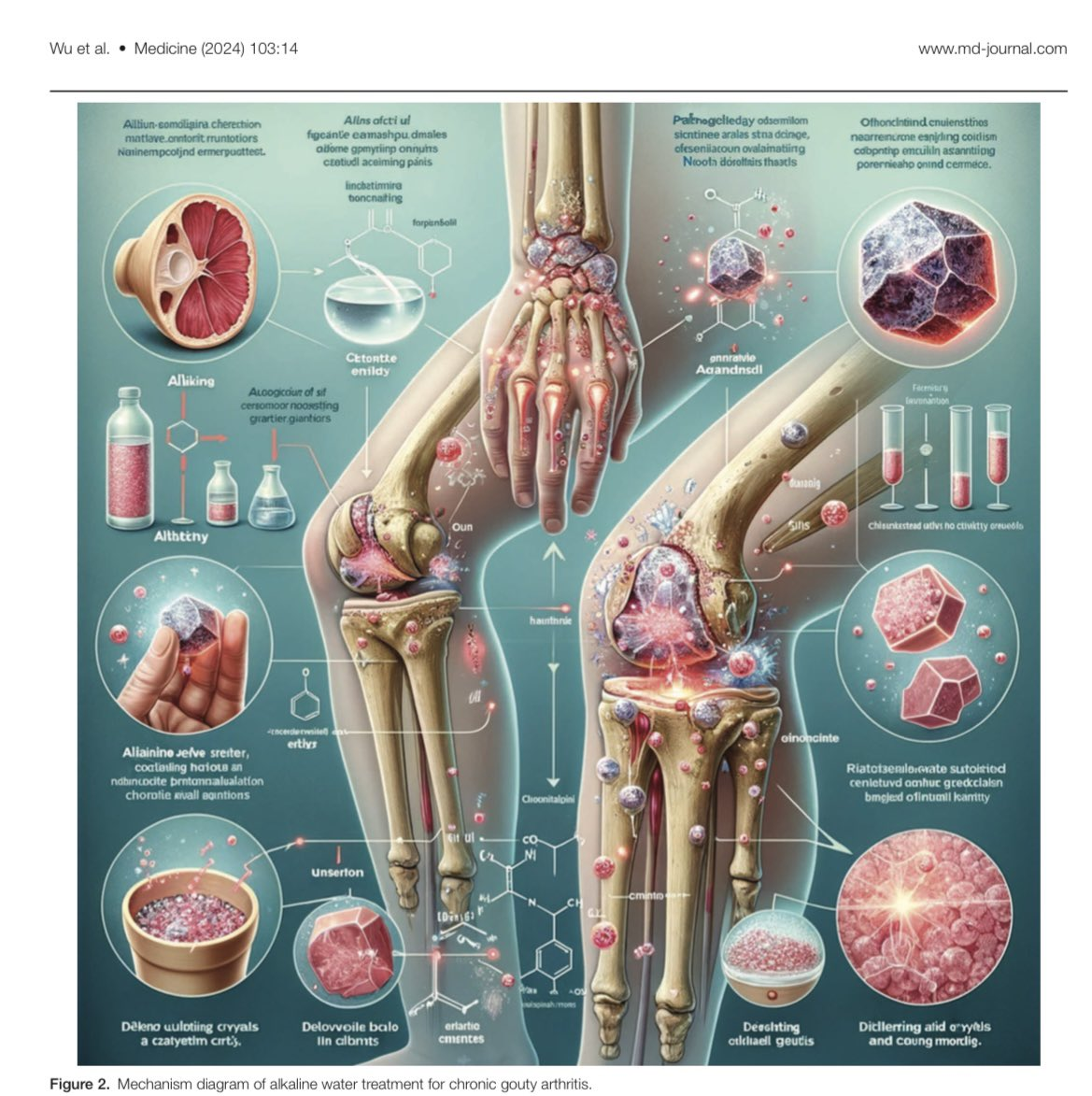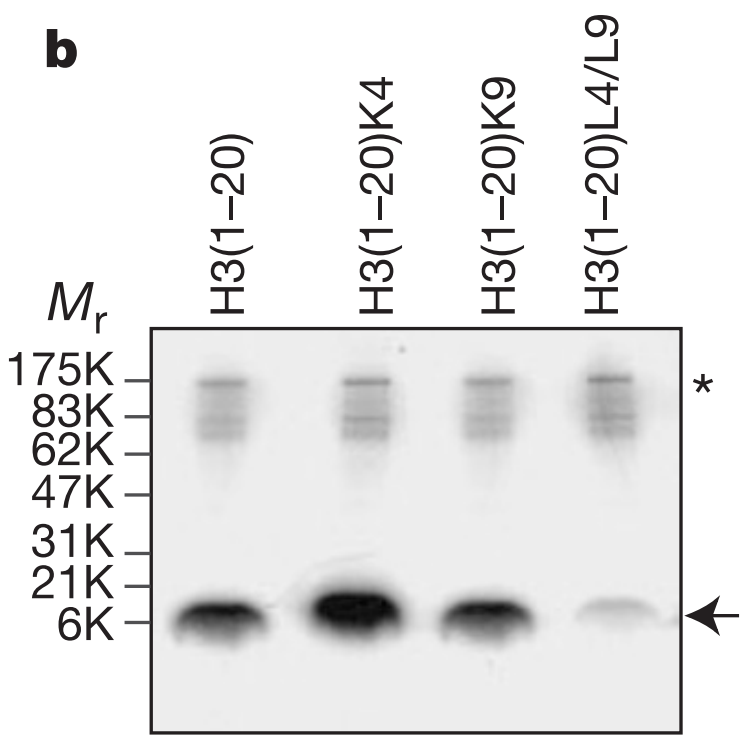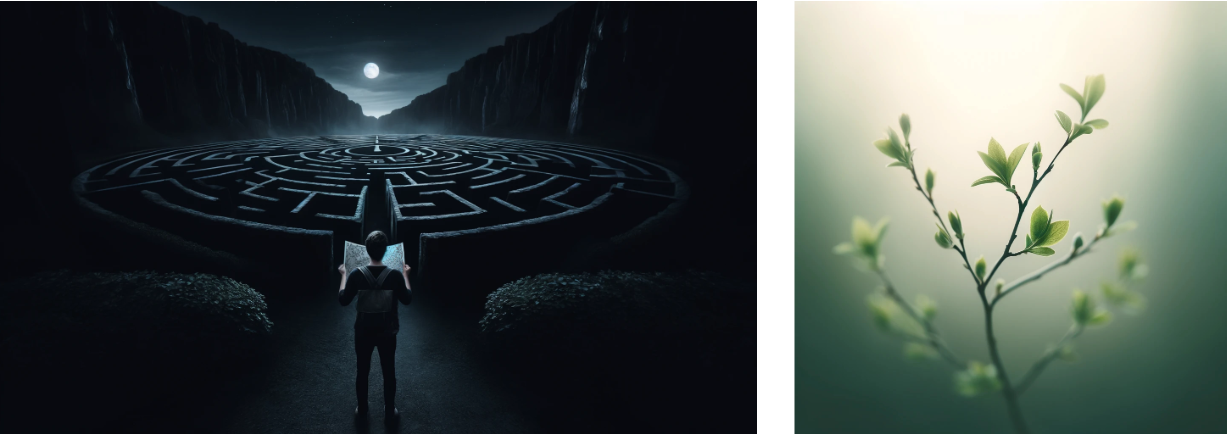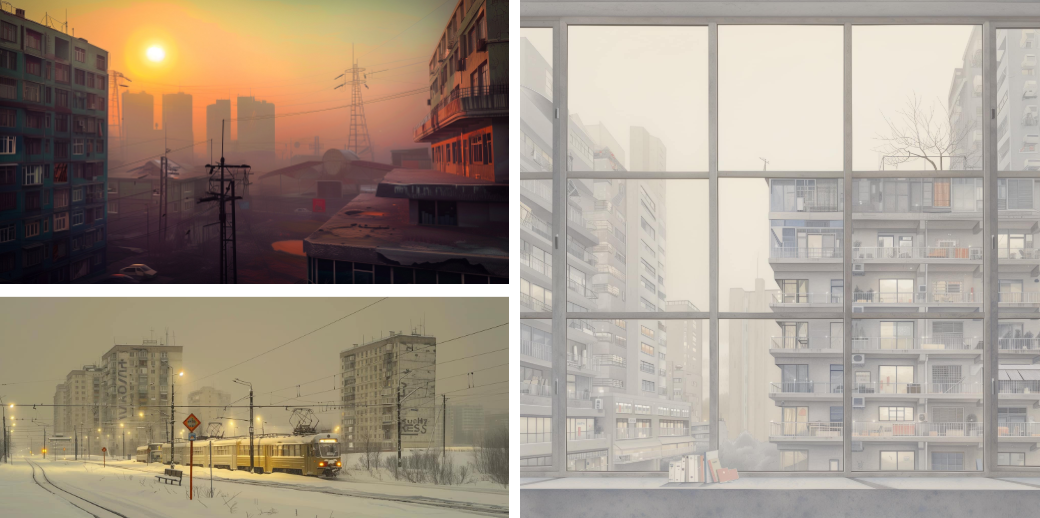Generating images
When generative AI tools for creating images, such as DALL·E, became widespread, some researchers apparently decided it was a good idea to use them to generate scientific illustrations. For example, in one now-retracted paper, the following illustration appeared, and as you can easily see, it is completely nonsensical.

It is probably self-evident that such cheating is a bad idea, but I want to emphasize that this is especially important in science because, as an institution, science is fundamentally based on trust and without this trust, science cannot work effectively and might even collapse. That‘s why, as a community, we are not only normatively interested in avoiding cheating but also pragmatically.
I also want to note that this is not a new problem, and obvious cases like the one above are probably less problematic as they are easily detectable. More sophisticated image manipulation existed long before Generative AI. Check out the plot below and try to determine what is wrong with it. As a non-specialist in the field, I cannot see any issues. And apparently even specialists missed them—the paper containing this figure with inappropriate image manipulation was published in Nature and only retracted 13 years later.

There are, however, legitimate uses for AI-generated images. For example, you can include them in your presentations as an easy way to create high-quality visuals. Check out these two images that I’ve used in my presentations. I needed the first one to create a feeling of facing a complex, difficult-to-navigate problem, and the other to convey a sense of renewal. I‘m not an expert in visual design, but I believe these images are working quite well given that each required only one prompt to create.

I would, however, caution against overusing AI-generated images. I’ve seen presentations where every slide contained an obviously AI-generated image. Creating such images is very simple, but that shouldn‘t be the sole reason for their use. Sometimes adding an image to a slide just creates visual noise without improving your presentation.
I would also warn about the easily recognisable default style of AI-generated images. Check out what I got when I used basic “lazy” prompts to generate images for potential courses about GenAI, Synthetic Biology, and Gender Equality.

As you can see, they all share a similar aesthetic. There’s an overwhelming amount of detail, strange colour palettes, and numerous unnatural characters or symbols that appear half-drawn. My LinkedIn feed is filled with such images, creating visual fatigue. If you decide to use AI-generated images, I suggest putting some effort into moving beyond the default style.
This style is not a fundamental limitation of the technology. It is certainly possible to create much more interesting images, especially when professional artists are involved. Check out these images generated with GenAI.

I think this highlights a more universal fact about Generative AI: instead of being threatened by GenAI, people who are already experts in their respective fields become its main beneficiaries. Knowing existing styles and traditions allows artists to generate images that are far more interesting than those produced by users like myself who are just experimenting with the technology using basic prompts. Being able to distinguish between good and bad visuals ensures that published results meet high standards. While this is particularly evident in image generation, I believe it holds true across other domains as well. For example, as you might have noticed in my video on data analysis, my approach differs from what a user without data science experience might attempt.
Image generation capabilities are now integrated into most major AI assistants such as ChatGPT, Gemini, and Grok. Given this availability and the rapid emergence of new tools, covering them all is outside the scope of this course. It is, however, worth noting that Midjourney is widely considered the most advanced image generation tool available today. You should also be aware that there are models that can be run locally on your computer, such as Stable Diffusion, meaning that you don’t need to pay for subscription and the privacy of your prompts is ensured. Finally, there are solutions like Exactly AI, specifically focused on addressing copyright issues by involving artists, and Adobe Firefly that ensures proper licensing for commercial use.